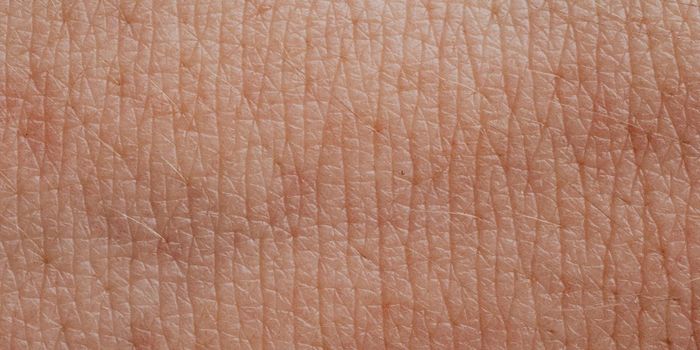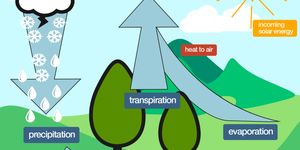As anyone who has survived a stroke can attest, recovery is often very difficult. Depending on the area of the brain, the time elapsed before treatment, the kind of treatment and the patient’s other health factors, the recovery process can be very long and arduous and not every patient will regain what was lost. A new study from Murdoch University in Perth Australia looked at how virtual reality games might improve the outcome for stroke patients.
Researchers have been studying video games and virtual reality devices to see if that kind of technology can help patients recover faster for a few years now.
In a study funded by the European Union and carried out at Tel Aviv University in Israel, researchers found that using VR technology in stroke patients helped those patients go further in their rehab than patients who did not play the games.
Another study, this time in Canada, at the Bruyere Research Institute in Ottawa, also showed that patients who had played VR games had better balance and coordination. In the Canadian study, there were two groups of stroke patients. Both groups got standard stroke rehabilitative therapy, but one group played the games sitting down, the other played while standing. The group who stood to play the games had better balance and could walk further after the study was completed.
In Australia, at Murdoch, students from the Games Technology department and Computer Science professors from Murdoch’s School of Engineering and Information Technology are teaming up with doctors from the West Australian Neuroscience Research Institute and have created a VR rehab computer program called Neuromender.
Patients who play the Neuromender game use their shoulders, arms and hands to maneuver an on-screen winged man through a virtual landscape. Sensors on the patients capture their movements and translate that into data that is fed back to the game. The difficulty level goes up automatically as the patients’ abilities get better.
In a press release from the university, Project Lead Dr. Mohd Fairuz Shiratuddin said, “Neuromender is a low-cost computer-based system that enables users to interact with a multisensory simulated environment in the comfort and convenience of their own home.” Dr. Shiratuddin’s mother is a stroke survivor, so working to develop this kind of program was a project that was very important to him.
Associate Professor Michelle Byrnes from WANRI also commented and said,
“Hand and arm weakness is a common problem following stroke that substantially impacts on the quality of life of stroke survivors. This VR rehabilitation program will have immense, positive, long-term implications for the upper rehabilitation and recovery of stroke survivors in the future.”
According to the
Stroke Foundation in Australia, strokes kill more women in the country than breast cancer and more men than prostate cancer. It’s estimated that there were 50,000 new and recurrent strokes in 2015, which is roughly 1,000 strokes a week, or one every ten minutes.
A trial of the Neuromender program is scheduled to start in 2016, with an initial group of 20 stroke patients. Check out the video below to hear more about the program and what the scientists at Murdoch hope to accomplish with it.









